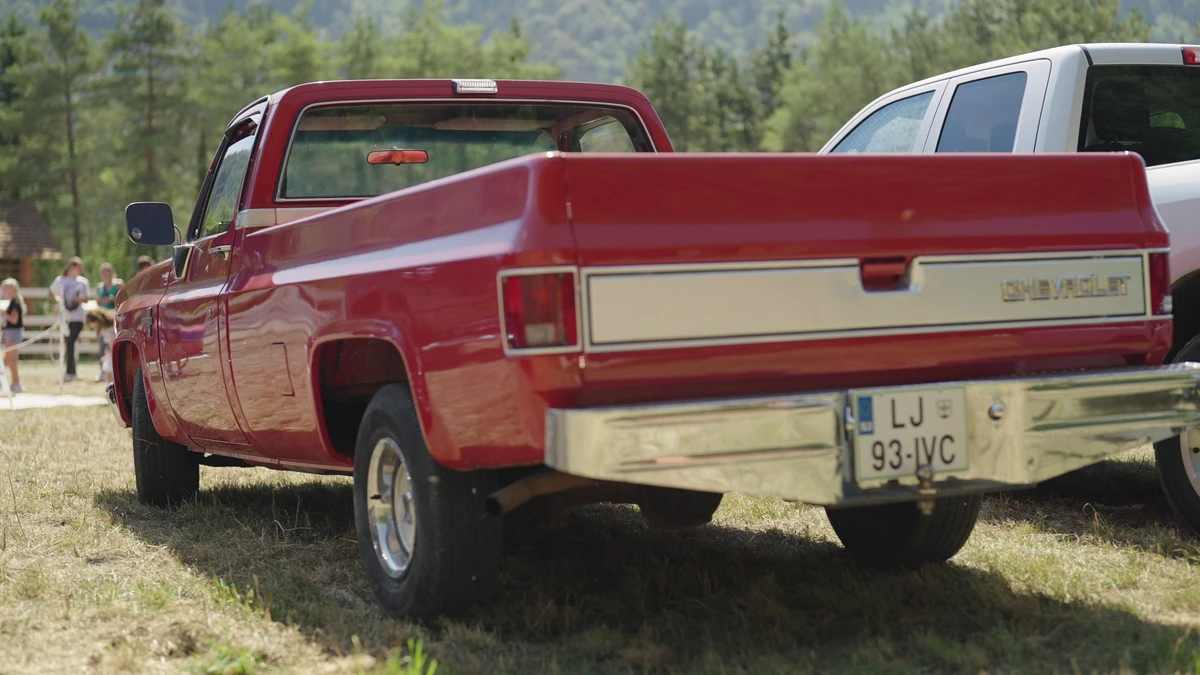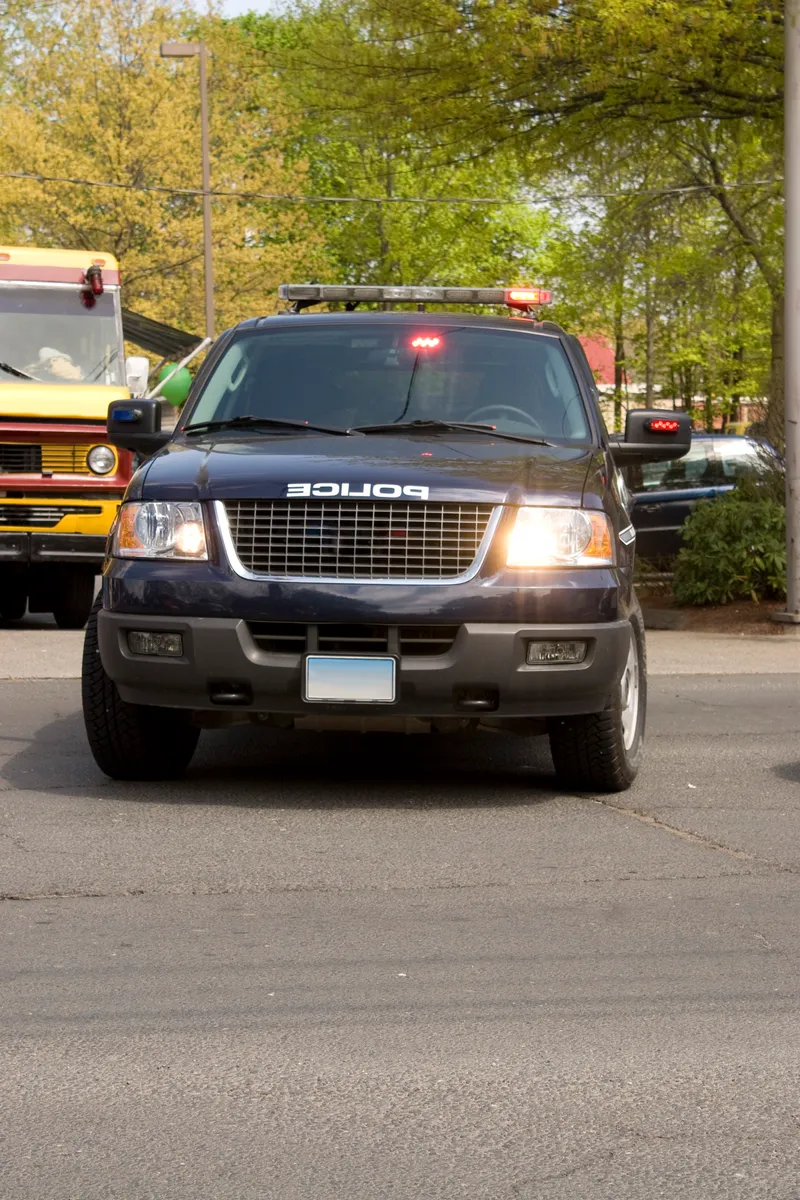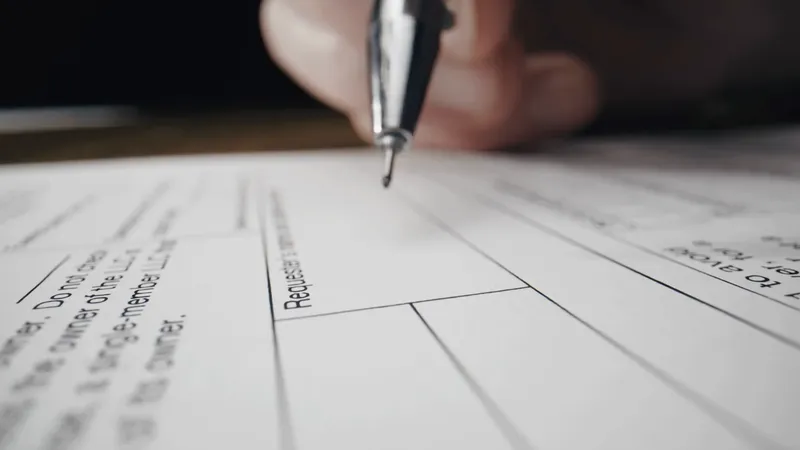Stacking Uninsured/Underinsured Motorist (UM) Policies in Georgia Auto Accidents

Published: 6/30/2022
Uninsured/underinsured motorist (UM/UIM) coverage is a critical safety net for drivers, especially in accidents where the at-fault driver has little or no insurance. In Georgia, “stacking” UM coverage is an option that can significantly increase the compensation available after a serious crash.
What Is Uninsured/Underinsured Motorist (UM) Coverage and Why “Stack” It?
Accidents caused by uninsured or underinsured drivers can leave victims with costly medical bills and vehicle repairs. UM coverage is designed to protect you in these scenarios by stepping in when the other driver’s liability insurance isn’t enough to cover your damages. In Georgia, every driver is required to carry a minimum amount of liability insurance (as low as $25,000 per person for injuries). Unfortunately, many drivers only carry the minimum or let their insurance lapse, which means a serious accident could easily exceed what their policy will pay. This is where UM coverage becomes invaluable: if you’re hit by a driver with no insurance or not enough insurance, your own UM policy can pay for your medical expenses, lost wages, and other damages.
“Stacking” UM coverage means combining the limits of multiple UM policies (or multiple vehicles under one policy) to increase the total amount available to you after an accident. In simpler terms, stacking lets you add up coverage from more than one source. This could be:
-
Multiple vehicles on the same policy: If you insure two or more cars on one auto insurance policy, each with its own UM coverage, stacking allows you to multiply your protection by the number of vehicles. For instance, if you have two cars on one policy each carrying $25,000 in UM bodily injury coverage, stacked coverage would effectively give you up to $50,000 in UM coverage for an accident involving one of those cars. With three vehicles at $25,000 each, you’d have $75,000 total, and so on. This is sometimes called “vertical stacking,” as you’re stacking within one policy.
-
Multiple policies across household members: Stacking can also combine UM limits from separate insurance policies, as long as the injured person is covered under each policy. In Georgia, you may stack the UM coverage of resident relatives in your household under certain conditions. This means if you’re in an accident, you could potentially draw on your own UM policy and another policy (for example, a spouse’s or family member’s policy in the same household) to increase the payout, provided you are a named insured or qualifying relative on both. This is sometimes called “horizontal stacking.” For example, if you carry $25,000 UM on your car and your resident family member has $25,000 on theirs, you might access a combined $50,000 after a crash with an uninsured driver.
Importantly, stacking only applies to UM/UIM coverage – it does not stack other types of coverage like collision or property damage. Stacking is a way to expand your bodily injury protection; you generally cannot stack property damage coverage or other auto coverages in the same manner. Georgia does allow stacking of UM coverage, but whether you can stack in a given situation will depend on your policy terms and having the right type of UM coverage (as we’ll explain next). Not all policies automatically include the stacking feature, so it’s crucial to understand the options available.
Benefits of Stacking UM Policies
Stacking your UM coverage can be a lifesaver in a serious accident. Here are the key benefits of having stacked (added-on) UM policies in Georgia:
-
Higher Compensation Limits: The most obvious benefit is more money available to cover your losses. By combining multiple UM policy limits, you increase the total pool of funds you can draw from after an accident. This is crucial if you suffer severe injuries with expenses that exceed a single policy’s limit. For example, two vehicles each with $25,000 UM can give you $50,000 of coverage stacked together, which could make the difference in paying all your medical bills.
-
Protection Against Underinsured Drivers: Stacked UM coverage provides an extra layer of protection when the at-fault driver’s insurance is inadequate. It steps in to fill the gap left by a minimally insured or uninsured driver, ensuring you’re not left holding the bag for someone else’s negligence. In practical terms, this means peace of mind – you know that even if the other driver only has, say, the minimum coverage, your stacked UM can substantially boost the total recovery available to you.
-
Utilizing Multiple Policies You’ve Paid For: Many people in one household have multiple cars or separate insurance policies (for example, a family with several drivers and vehicles). Stacking makes sure no UM coverage you’re entitled to goes unused. If you’re injured, you can tap into all applicable UM coverages (yours and even a resident relative’s, if eligible) rather than being limited to just one policy. This benefit is particularly important in Georgia, which explicitly allows stacking across resident relatives’ policies in some cases. In essence, stacking maximizes the value of the premiums you’ve been paying on multiple vehicles or policies.
If you have UM coverage, it usually covers not just you as the policyholder but also certain family members and passengers in your vehicle. Stacked UM coverage extends that robust protection to everyone covered by the policy. In a worst-case scenario (for example, a multi-injury crash caused by an uninsured driver), having stacked limits could mean the difference between fully covering all injured occupants’ medical costs versus having to choose which bills get paid. In short, stacking benefits anyone who might make a UM claim under your policies by making more funds available for all injuries.
Related Articles



